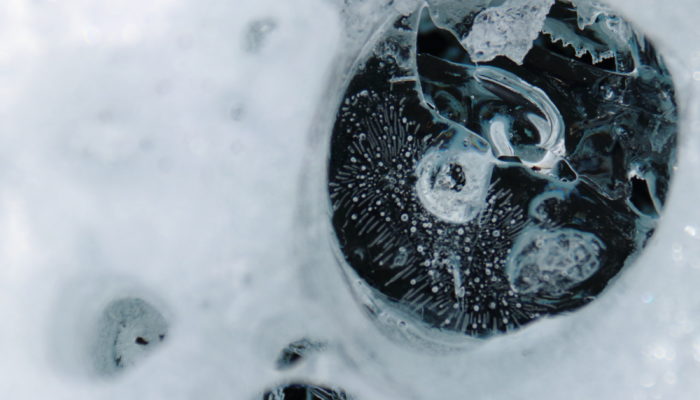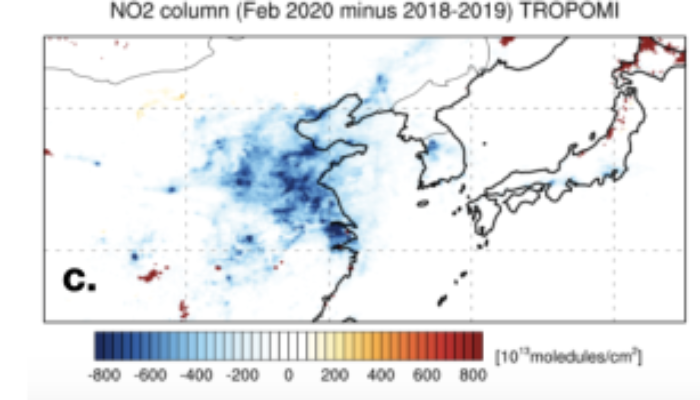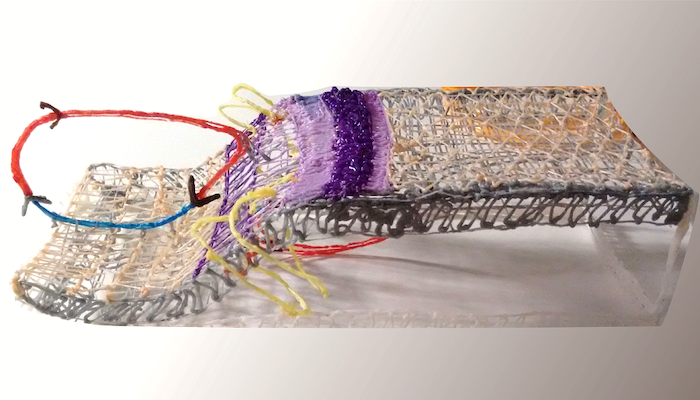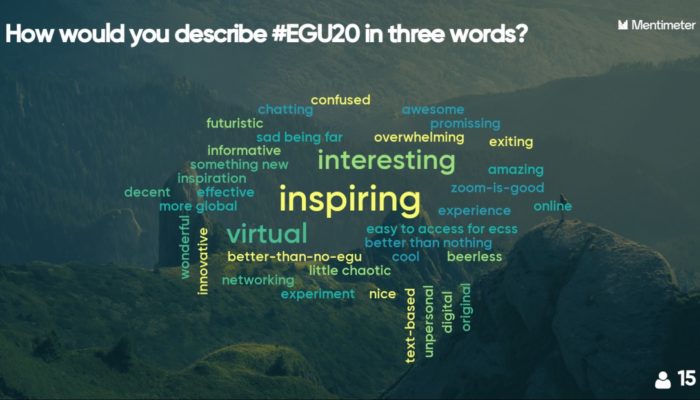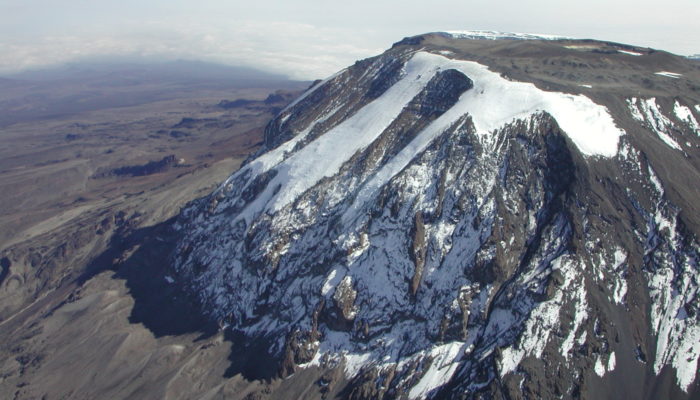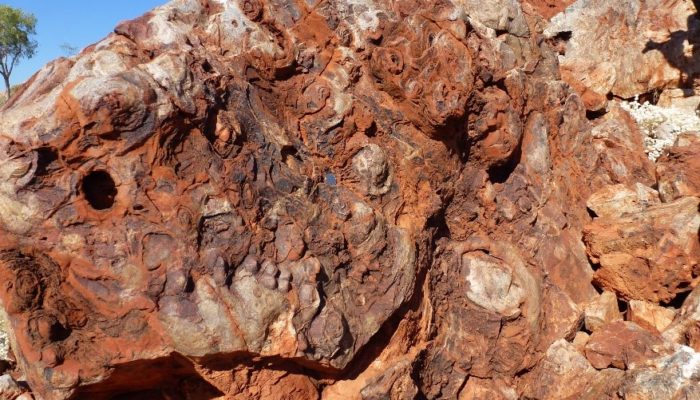Recent studies show that glaciers are significantly affected by pollution, and in general by human activities, but few people would imagine that their surface contains traces of nuclear contamination and radioactivity. It has been recently claimed that high amounts of radioactivity have accumulated on glaciers, only beaten by the radioactivity levels of sites where nuclear incidents and tests have ...[Read More]
Nonlinear Processes in Geosciences
COVID-19-related drop in anthropogenic aerosol emissions in China and corresponding cloud and climate effects
While a previous blog entry dealt with the question whether we can use lessons from the nonlinear nature of climate for projections of the Covid-19 pandemic, there is now a first example of how the pandemic can teach us something on climate. The several weeks long lockdown of China made February 2020 an exceptional month in terms of air quality; aerosol emissions were tremendously reduced leading ...[Read More]
Geodynamics
The Sassy Scientist – Masterful Mentoring
As frustrating as it seems every once in a while, Dara is confident still that his student will prevail and work out their troubles somehow. He contemplates his options, and seeks help to discern the correct approach: I am disappointed that my PhD student is going in circles. How shall I put pressure on them to finally get results? Dear Dara, Ah yes. The ol’ disappointing student. Life’ ...[Read More]
Geodynamics
Introducing the new blog team!
A new year, a new blog team! During the virtual EGU, we managed to find a lot of new people for the blog. In addition, some oldies but goldies will stay on, and, unfortunately, some editors also resigned (but they might still pop up every once in a while with a cheeky post). So, without further ado, here are the superstars of the blog team for the 2020-2021 EGU blog year who will provide you with ...[Read More]
Tectonics and Structural Geology
Analog models for teaching and more, even at home
Ágnes Király is a postdoctoral research fellow at the Centre of Earth Evolution and Dynamics (CEED) at the University of Oslo, Norway. Ági has a background in geophysics, incorporating natural observations with numerical and analog models to study subduction zone processes. Ági has simulated subduction systems mostly in the Central Mediterranean. Working this spring will probably be somewhat diffe ...[Read More]
Natural Hazards
#shareEGU20 afterthoughts about virtual conferencing
It’s 2020 and a new coronavirus has spread all over the world-changing most if not all our habits. In a few weeks, we’ve seen adaptations to living in a world with this pandemic, from many points of view. Science reacted and adapted very quickly, sharing research and opening dialogues using online tools. Similarly, the EGU General Assembly that usually hosts every year around 15,000 people i ...[Read More]
Cryospheric Sciences
Did you know… tropical cyclones cause large snowfall on Kilimanjaro’s glaciers?
Tropical cyclones are an important part of the weather in the southwest Indian Ocean each year, from November through April. These storms can cause massive destruction and loss of life when they make landfall, which happens most often on the islands of Mauritius and Madagascar and the coastal region of Mozambique. However, until recently, relatively little was known about their impacts on the high ...[Read More]
Geodynamics
The Sassy Scientist – Stranded, Not Forgotten
Blanka was scouring the field for evidence, collecting samples and making do with the supplies for a short field trip expeditiously. And then she couldn’t travel back home anymore: I am stuck at my fieldwork location due to closed borders and social distancing. What to do? Dear Blanka, That must be very inconvenient. I do hope that you can manage with the restrictions placed upon your moveme ...[Read More]
Biogeosciences
Dating mineral phases in geological remnants of early life
This is a solicited blogpost written by Sebastian Viehmann. The Mesoarchean Strelley Pool Formation in the Pilbara Craton (Western Australia) hosts one of the oldest geological remnants of life on Earth. These silicified stromatolitic carbonates show diverse morphologies and formed on a shallow marine carbonate platform 3.35 billion years ago (Ga; Figures 1 and 2). After a long-standing debate abo ...[Read More]
Hydrological Sciences
Chatting about science and hydrology at EGU GA 2020
We all woke up that Monday morning 4 May 2020 (at home rather than in Vienna) with mixed feelings about what to expect from this year’s exceptional EGU GA: Sharing Geoscience Online. For some of us, it was the first time we were entering a chat room and, for many, the first time we were going to chat about our scientific work online. If you were an author, a convener or a curious attendee, that mo ...[Read More]

